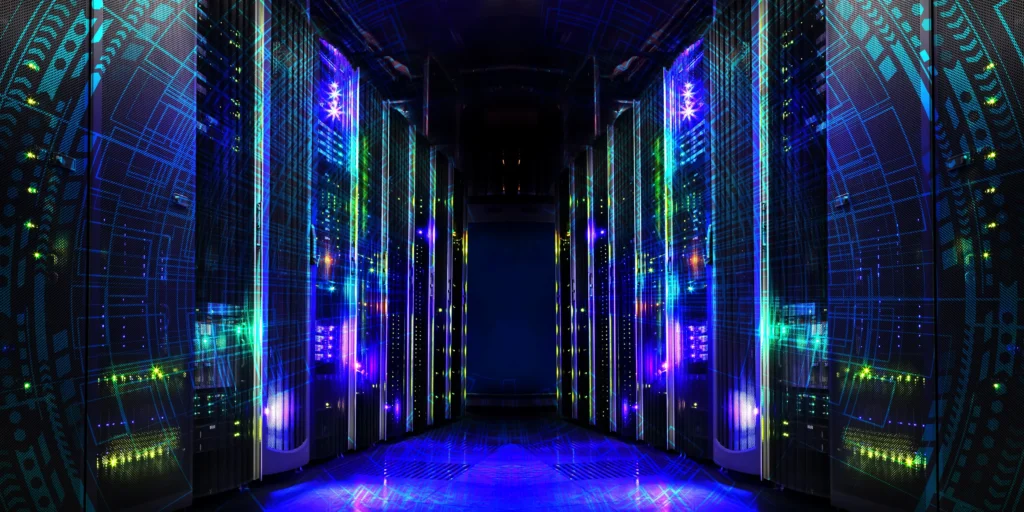Introduction
We live inside the cloud without even realizing it. Every photo, email, document, playlist, and login floats across a global network of data centers. Most businesses couldn’t survive a single day without it. But what happens if the cloud – the backbone of modern life – goes dark?
What It Is
“The cloud” is not a mystical sky-bound entity. It’s a mesh of millions of servers housed in vast warehouses across the world, run by giants like Amazon Web Services, Microsoft Azure, and Google Cloud. These companies power everything from Netflix streams to hospital records, from government payrolls to your smart doorbell.
If one region goes down, traffic usually reroutes elsewhere. But the system is not bulletproof. And as dependence deepens, the consequences of failure become less theoretical and more terrifying.
Real-World Cracks in the Sky
Cloud outages already happen – and each one is a glimpse into a darker future. In December 2021, an AWS outage took down major services, including Disney+, Slack, and Amazon’s own delivery systems. More recently, isolated failures have knocked out banks, airlines, and emergency communication systems.
Now imagine not a few hours, but a multi-day, global-scale blackout. Experts warn it’s not impossible. A cascading failure triggered by cyberattacks, physical sabotage, or extreme weather could ripple across continents.
Applications (or Dependencies, Really)
- Healthcare: Cloud-dependent hospitals lose access to patient records, imaging, and medication schedules.
- Finance: ATMs, online banking, and stock markets freeze.
- Retail & logistics: No cloud, no Amazon, no global shipping coordination.
- Government: Tax systems, welfare payments, even some voting systems rely on cloud platforms.
- Everyday life: Netflix, Spotify, Zoom, and even smart fridges grind to a halt.
The more we migrate to the cloud, the more fragile life becomes.
Benefits (and Why We Keep Trusting It)
- Scalability: Cloud infrastructure makes global apps possible.
- Efficiency: Businesses don’t need to run their own servers.
- Innovation: AI, big data, and modern apps wouldn’t exist without cloud-scale computing.
- Accessibility: The cloud lets anyone, anywhere, build on shared digital infrastructure.
Despite risks, the cloud is too convenient to abandon – which makes its failure even more catastrophic.
Challenges and Risks
- Cybersecurity: Nation-states and criminal groups are probing cloud providers constantly.
- Climate events: Floods, fires, or heatwaves can disable data centers.
- Centralization: Three companies dominate the cloud – concentration equals vulnerability.
- Energy dependency: Data centers consume massive power; outages are tied to grid stability.
- Cascading failures: A breakdown in one hub can snowball into global paralysis.
The nightmare scenario isn’t if the cloud fails – it’s when, and how long it lasts.
What’s Next
Some experts argue for “cloud resilience” strategies, including decentralizing infrastructure, diversifying providers, and building “offline modes” for critical apps. Blockchain-based decentralized storage systems are also emerging as potential alternatives, though they’re far from replacing AWS-scale reliability.
Governments are beginning to treat cloud services as critical infrastructure – just like electricity or water. That means more regulation, more oversight, and more pressure to plan for a day when the cloud goes dark.
For now, the best advice? Have backups. A thumb drive may be your last lifeline in a world that forgets how to function without servers.








Leave a Reply